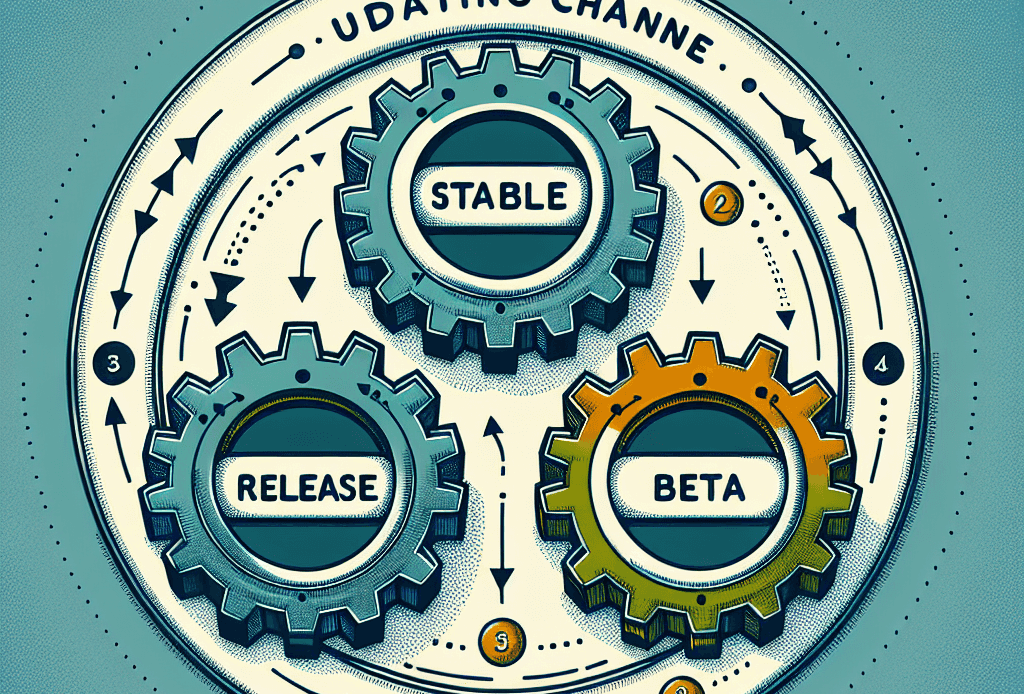Streamlining Software Updates
SCL New Versioning
Introduction
In an effort to enhance the user experience and provide a more reliable and tested platform, SCL has made significant changes to its versioning cycle and naming conventions. The company has transitioned from a semi-annual stable release to an annual update, with the first release scheduled for the 7th of July each year. This strategic shift aims to ensure that users receive the most dependable and well-tested updates, backed by nearly a year of rigorous testing and development.
The New Versioning Cycle
Under the updated versioning cycle, SCL's stable releases are now labelled with the format "YYYY.R," where "YYYY" represents the year of release and "R" denotes the release number. For example, the first release in 2024 will be tagged as "2024.1," and subsequent releases will follow suit with incremented release numbers.
Stability and Reliability
The decision to move to an annual stable release cycle underscores SCL's commitment to delivering stable and reliable updates. By extending the testing period to almost a year, the company aims to provide users with technology that has undergone thorough scrutiny, minimizing the likelihood of issues and glitches.
Release Channels and Risk Management
SCL maintains its three-tiered release strategy, comprising stable, release, and beta channels. The stable channel, now an annual release, is the most secure option, suitable for users prioritizing reliability over the latest features. The release channel follows a 45 to 60 days update cycle, featuring updates that have undergone in-house testing. Meanwhile, the beta channel offers access to cutting-edge updates but comes with the caveat of less rigorous testing.
Administrative Flexibility
While users have the flexibility to switch between update channels, the blog post advises caution and emphasizes the importance of understanding the associated risks. Switching back to previous updates is not possible, underlining the need for users to consult SCL support before making any changes to their updating channels.
Conclusion
SCL's revamped versioning approach reflects a commitment to delivering stable, reliable, and thoroughly tested software updates to its user base. By extending the testing period and adopting a new naming convention, the company aims to enhance the overall user experience. As users navigate the updated versioning cycle, SCL encourages them to consider their individual preferences and requirements, seeking support when needed to make informed decisions about their update channels.

